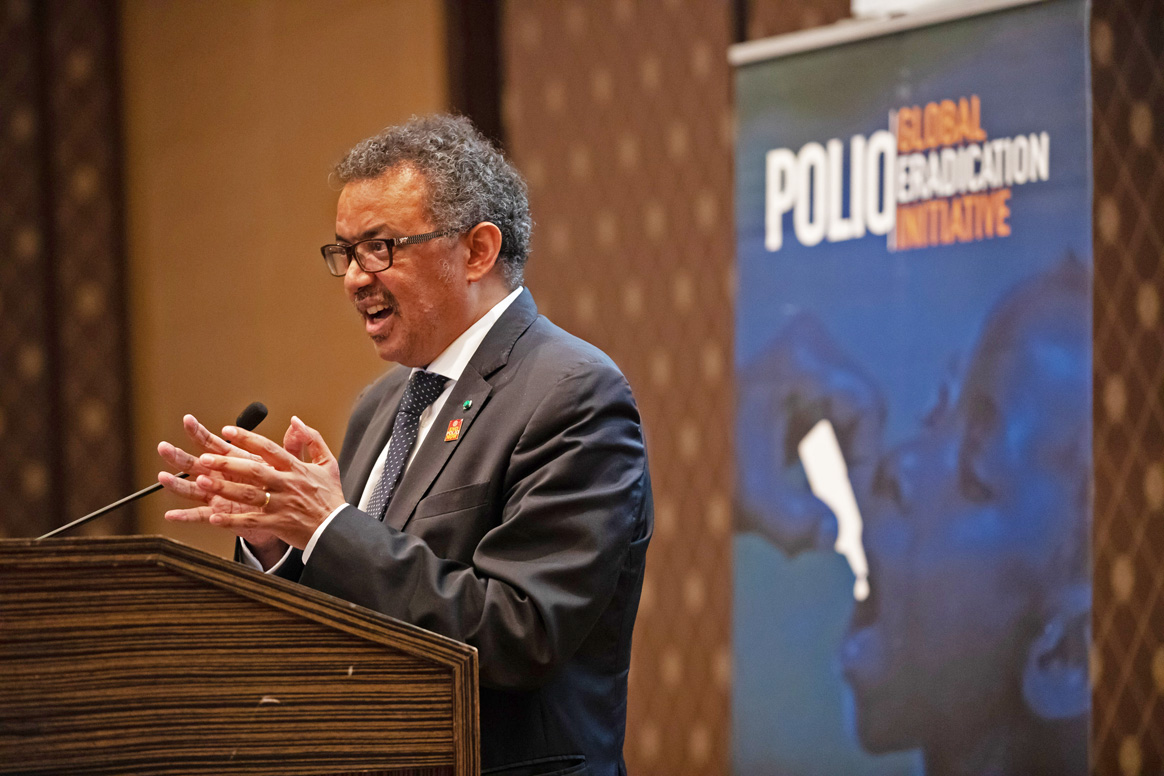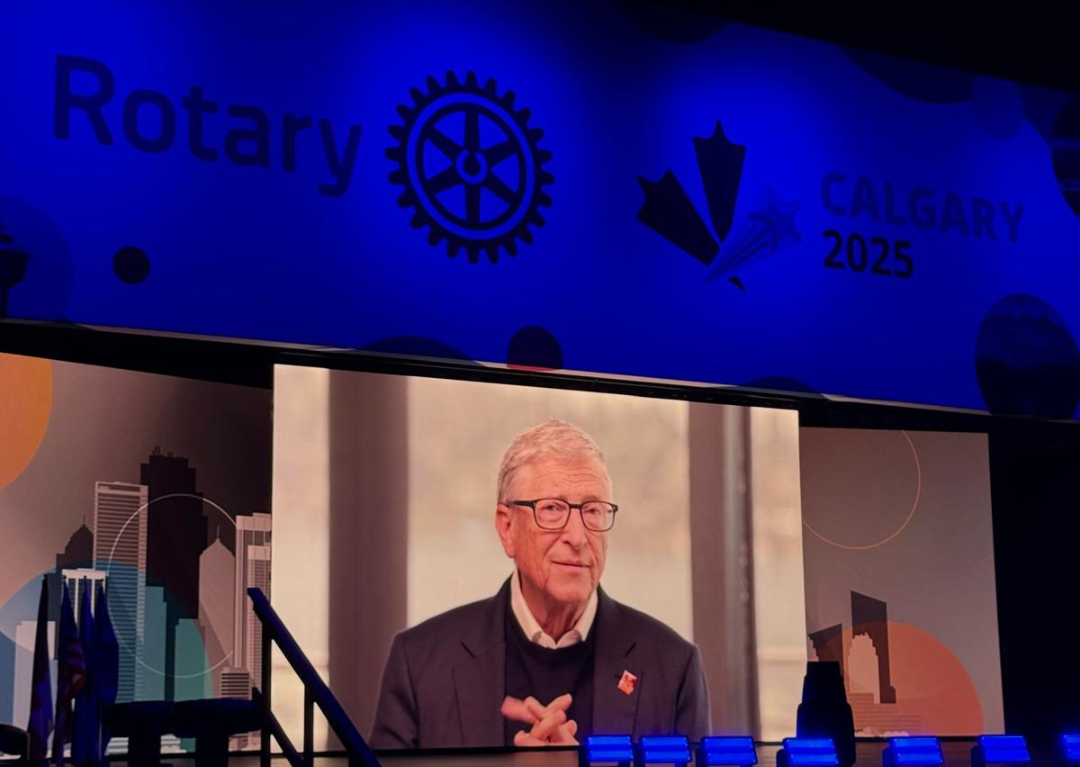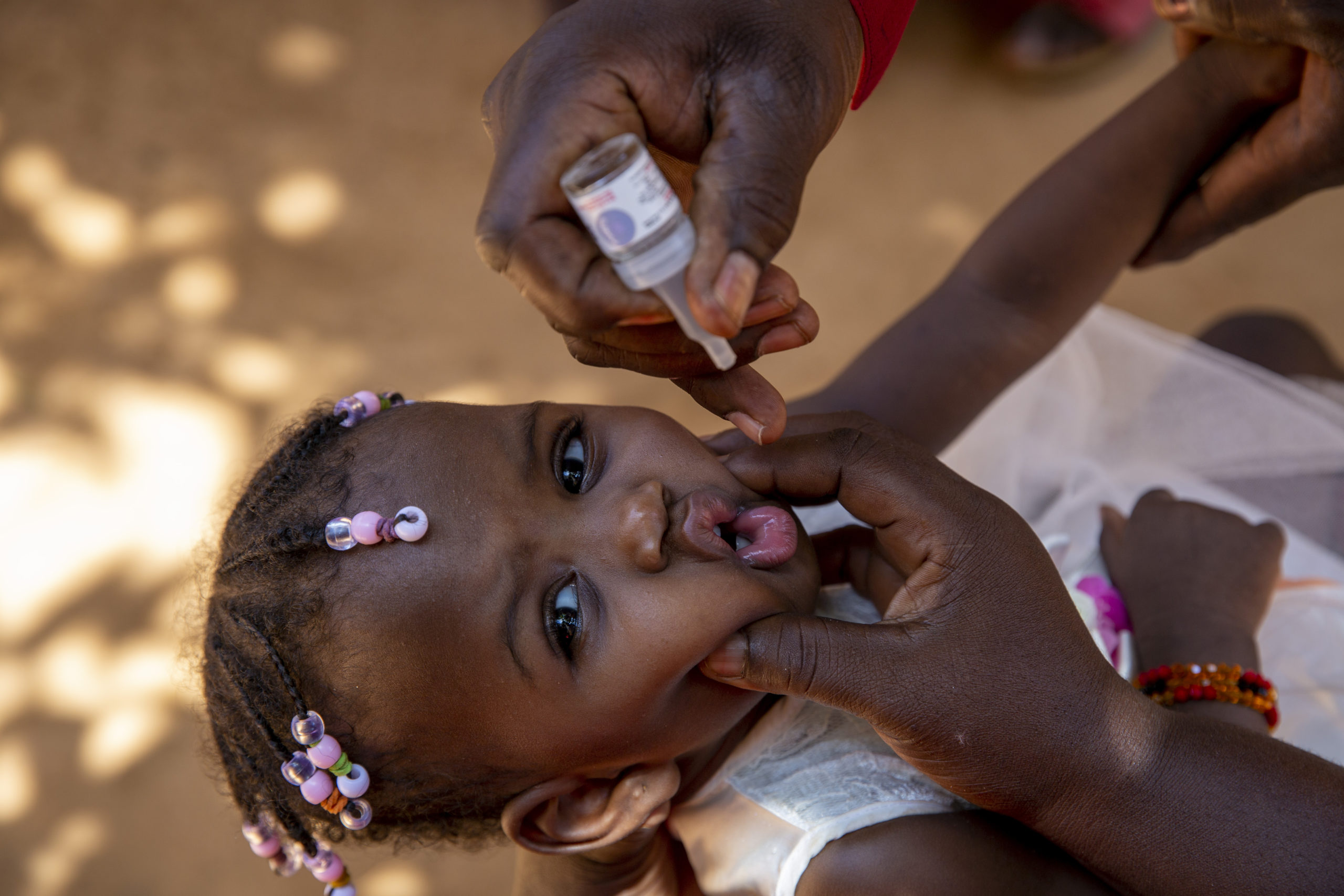What are the implications of finding polio in Nigeria 2 years after the last case?
The implications are that we were right to be cautious about this part of the country, and to be vigilant even after apparent interruption of polio. The two children paralyzed in Nigeria are a sobering reminder that we cannot be complacent as we near the eradication of polio.
As a risk management measure, a response protocol was prepared when Nigeria appeared to have stopped polio transmission. We are working with the Government of Nigeria to implement this response plan, in which the primary priority is to protect children across several countries in the region so this virus does not spread, and to intensify surveillance.
The outbreak highlights the risk of transmission throughout the Lake Chad region – which spans notably Chad (Lake Chad area), northern Cameroon, southern Niger and neighbouring parts of the Central African Republic. There are large movements of people across and within these countries and an ongoing humanitarian situation.
What needs to happen now?
First, rapid and high-quality vaccination campaigns. The first has already started in the immediate vicinity of the cases. Five more are to take place within the next 16 weeks. Reflecting the risk profile, all five countries are involved, and we are working closely with the governments throughout the region to implement a thorough and effective plan to minimize further transmission of the poliovirus.
Second, we must finalize field investigations and find out to the best of our ability where this virus has been for the past few years so that we can tighten surveillance in those places where it is less than excellent.
Finally, under-pinnning these outbreak response measures is the political and financial commitment to finish the job. Whether affected by polio or polio-free, all countries have a responsibility to ensure they are conducting surveillance to find any poliovirus and vaccinating their children to ensure immunity, and to support polio-affected countries in their efforts to join the polio-free world.
What is the outlook?
There is every hope for a rapid end to this outbreak. We are not naive to the security challenges, which are common to the countries in and around the Lake Chad area. In 2015, as many as 600,000 children aged less than 5 years were inaccessible for polio vaccine or other health interventions, across the Lake Chad area. But this is still a small proportion of the total populations of these countries, so we are talking about the very last reservoir of polio on the African continent, in a very limited geographical area among a small population. If we conduct several vaccination campaigns that reach nearly every child, we can knock out this virus once and for all.
Outbreak response in insecure areas or areas with hampered access is of course more complex and more dangerous. However, special tactics for such areas continue to be implemented to ensure as many children are reached as possible – such as working with community members, and with traditional and religious leadership. This programme has worked in some of the most difficult areas and succeeded, in Syria and Iraq most recently.
With the increased attention on this virus now, and leadership in the region fully focused on it, perhaps this outbreak was exactly the alarm we needed in this final step.


